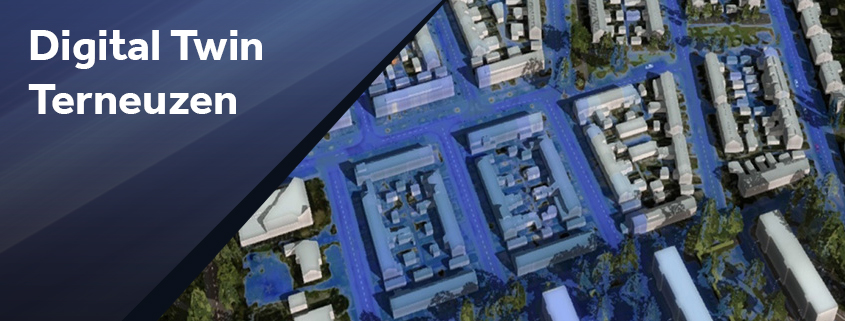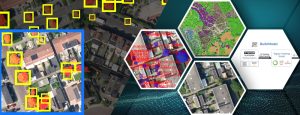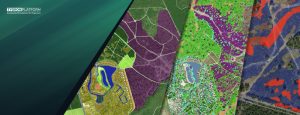September 2022, within an hour a heavy shower of more than 100 mm of precipitation falls in Terneuzen. Water flows into the houses of the residents of the Schilderswijk and causes a lot of damage. This is due to the extreme precipitation, but also because the district is lower than the surrounding area.

Source: website Buro Boot.
To prevent this from ever happening again, the municipality of Terneuzen wanted this neighborhood to become an example of climate adaptation. High climate adaptation requirements were set for this. The municipality applied the climate label system of the province of Zeeland, which was adopted in 2023, for the first time. It was determined for this district that it must comply with Label-B. A major ambition and task for an existing residential area.
That is why the municipality asked engineering firm BOOT to help think about solutions based on the climate test. But do the new plans meet all those strict requirements? How to deal with flooding or heat stress? For example, should five or ten trees be planted in a street to lower the perceived temperature enough, and where should they be placed? The new measures were therefore first extensively tested in a Digital Twin.
Digital Twin Terneuzen
Together with various disciplines within the municipality, the experts from Buro Boot designed a green-blue plan, which was then loaded into the Digital Twin and tested against the standards of climate label B. This Digital Twin was developed on the Tygron Platform, a tool specially designed for processing and integrating large amounts of data and calculation models.
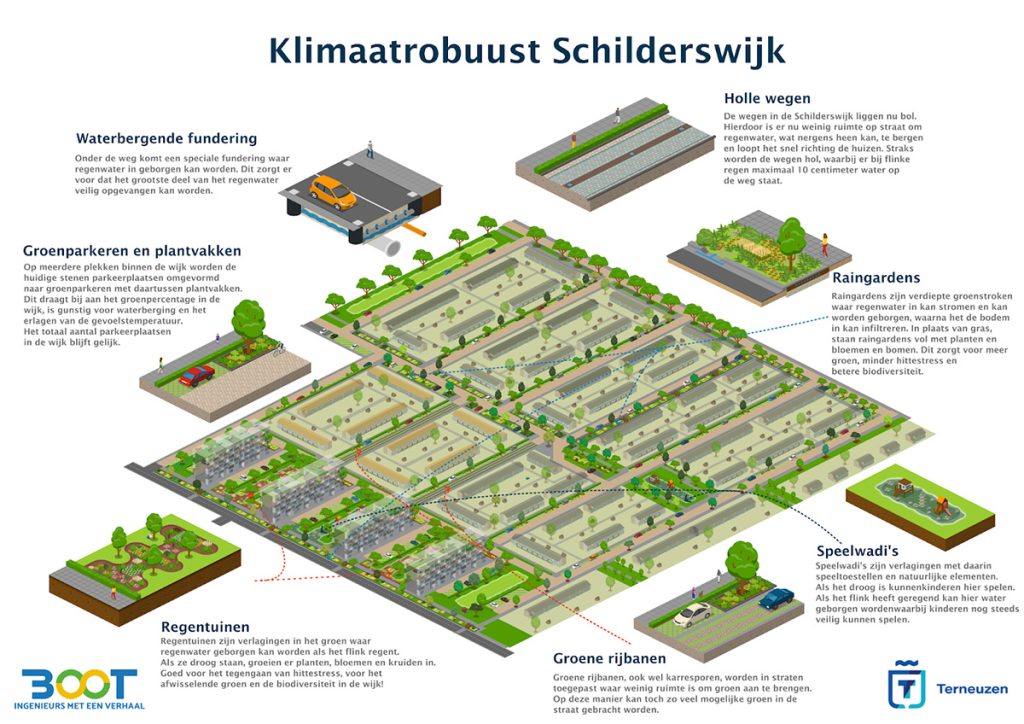
After a number of additional measures, such as extra trees, layered greenery and flumes towards water storage facilities, the sketch plan now meets all climate label requirements. The sketch design was then translated into an informative and striking infographic. This is used for communication purposes with, for example, residents. As a final product, an Action Plan has been drawn up for 2024 to 2030 with an associated cost estimate. This plan details what the municipality must do each year to have a climate-robust neighborhood by 2030.
This approach has led to an integrated and sustainable climate adaptation plan for the period 2024-2030, aimed at improving the resilience of the Schilderswijk against climatic extremes. This project not only serves as protection for the Schilderswijk but also as inspiration for other municipalities that are confronted with similar challenges.
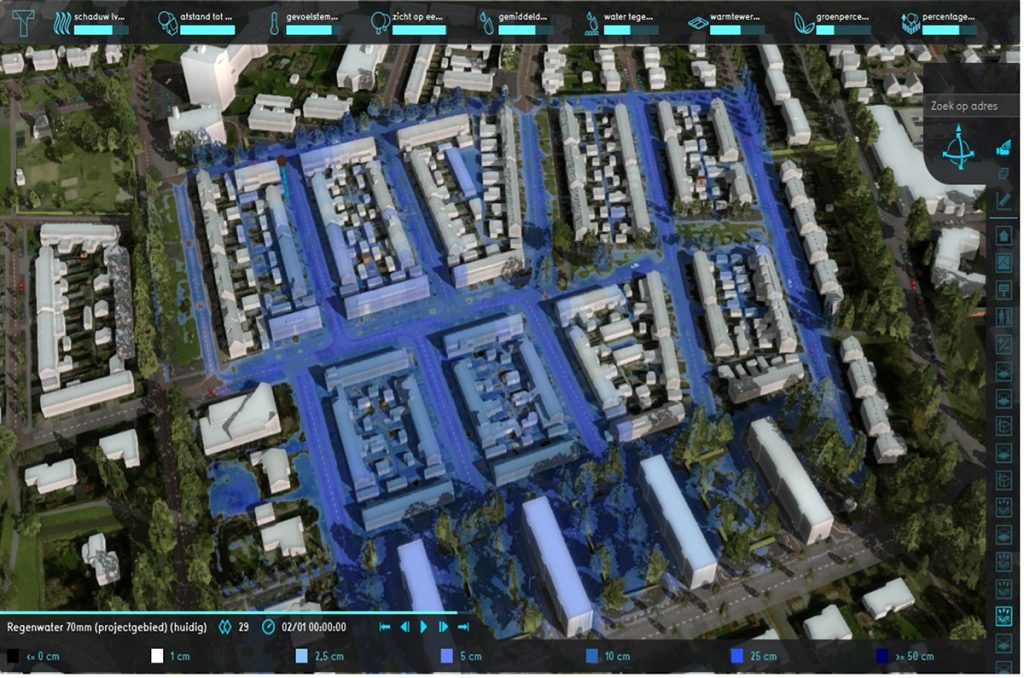
Tygron Platform
In the Netherlands, where we are increasingly confronted with heavy showers, prolonged drought and extreme heat, it is essential to adapt our environment. This means that new approaches are needed in housing construction, climate adaptation and nature restoration. The Tygron Platform offers experts the opportunity to make better and more transparent decisions by integrating and visualizing data and calculation models themselves. This insight is crucial for taking effective measures.
Read more on the website of Buro Boot how the project of the Schilderswijk was approached.
For more information, please contact Jonathan van Ekris (expert from Buro Boot) jpw.vanekris@buroboot.nl
